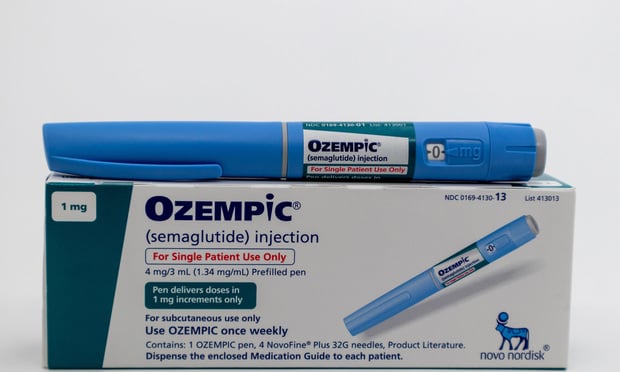 A recent focus group exercise showed that consumers may prefer a more generous emergency savings benefit option for possible financial emergencies.
A recent focus group exercise showed that consumers may prefer a more generous emergency savings benefit option for possible financial emergencies.
The exercise by Commonwealth, a national financial nonprofit, took a close look at two provisions in the recent SECURE 2.0 Act. Those provisions specifically address an issue that has hampered retirement savings for some workers—emergency expenses.
When workers draw from retirement accounts such as 401(k)s, they can incur penalties as well as reduce the amount of retirement savings that they have. The SECURE 2.0 Act attempted to lessen that impediment on retirement savings by allowing employers to offer two options, a $1,000 annual benefit (to be repaid within three years) taken from their retirement account without penalties but subject to income tax; or a "pension-linked emergency savings account" (PLESA), capped at $2,500, which they contribute to through paycheck withdrawals, and which is matched by employers.
Recommended For You
Focusing on lower-income workers
The Employee Perspectives on SECURE 2.0 Emergency Expense Provisions study specifically targeted workers with low and moderate incomes (LMI) a group that traditionally has struggled to maintain a retirement savings plan. Commonwealth conducted a focus group study with 10 workers in the LMI category, asking specific questions about their preferences for these two options.
Participants were selected through a third-party research recruitment service, allowing the groups in include a diverse set of LMI workers based on income, race/ethnicity, gender, job type, and geographic location. Because the SECURE 2.0 Act is a new law and the language of the bill might not be familiar to many workers, the discussion group participants were sent educational material prior to the focus group sessions. The report noted the need for clear communications about these new provisions between employers and workers. "Our focus groups gave participants the opportunity to engage and ask questions regarding the emergency expense provisions," the study said. "Many participants welcomed the focus group setting to discuss benefits, and hope that when employers and retirement plan providers offer new or complicated benefits, such as those allowed through these provisions, they can be communicated in a way that not only is clear but give employees the room to truly understand what is being offered. In other words, while these focus groups were intended for research purposes, they offer a model … to consider when implementing a new benefit or feature."
A clear preference
The study group participants showed a clear preference for the more generous and flexible $2,500 option, the report said. Although the focus group respondents reacted positively to both the $1,000 withdrawal option and the $2,500 PLESA option, the latter was more popular.
"Reasons cited for this preference included an ingrained belief that retirement funds should not be withdrawn early, the notion that $1,000 is not sufficient to cover many emergency situations, and ease of setup and access to the PLESA for employees," the researchers wrote.
The $1,000 withdrawal option was attractive because it was free of the traditional penalty for early withdrawal from retirement accounts, but most felt it was not the best option because it took funds away from existing retirement savings and the amount was lower and less likely to fully cover emergencies.
The $2,500 PLESA option was reasonable, participants said, since it draws a relatively small amount from paychecks (3%) and is easy to set up and put into action. Participants still had some questions about how employers would communicate about the accounts and how often they would be able to access the funds.
Some ongoing concerns
Quoted in PLANSPONSOR, Commonwealth vice president Brian Gilmore said communication is one area that the focus group did identify as important to the success of this type of benefit. Auto-enrollment, for example, is a feature that employers should clearly communicate about to workers.
Related: Emergency savings account: A valuable benefit, now made easier with SECURE 2.0
"Employees might initially have some concern with automatic enrollment if they don't fully understand it," Gilmore said. "But once they understand that this is an account where they can withdraw funds, where they can opt out of being automatically enrolled, then they feel comfortable with it; but thoughtful upfront communication is important."
The Commonwealth researchers also noted that their study has a relatively small sample size, which might raise questions about its findings. They said that more research in this area should be done by other nonprofit groups or by employers themselves, by asking employees about their needs and preferences for emergency savings.
© 2025 ALM Global, LLC, All Rights Reserved. Request academic re-use from www.copyright.com. All other uses, submit a request to [email protected]. For more information visit Asset & Logo Licensing.







